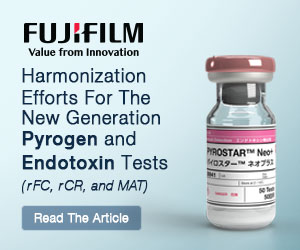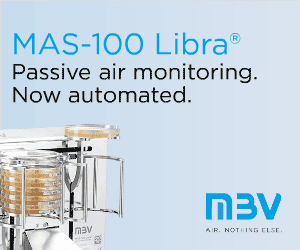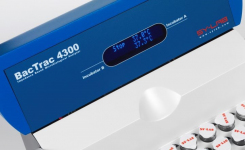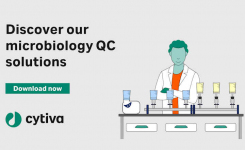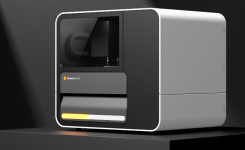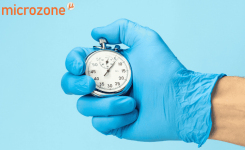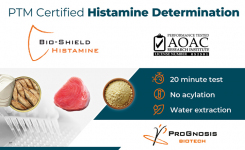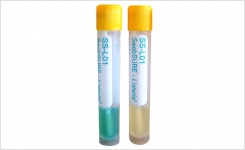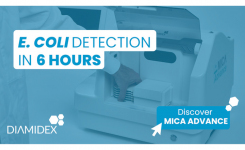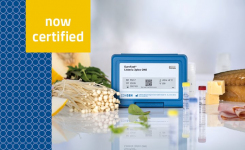Ensuring Clean Surfaces In Hospitals
go back to news archives
|
| Sampling of surfaces can be performed using Thermo Scientific Contact Plates. A sample is taken by gently rolling the domed surface of the agar (the jelly-like medium contained in the plate) onto the area to be tested. If any micro-organisms are present, they will grow to form easily visible colonies on the surface of the agar. This offers a reliable and effective way of determining the microbial cleanliness of surface areas. |
Source : Thermo Scientific. View archived contact details
Posted on September 17, 2003


